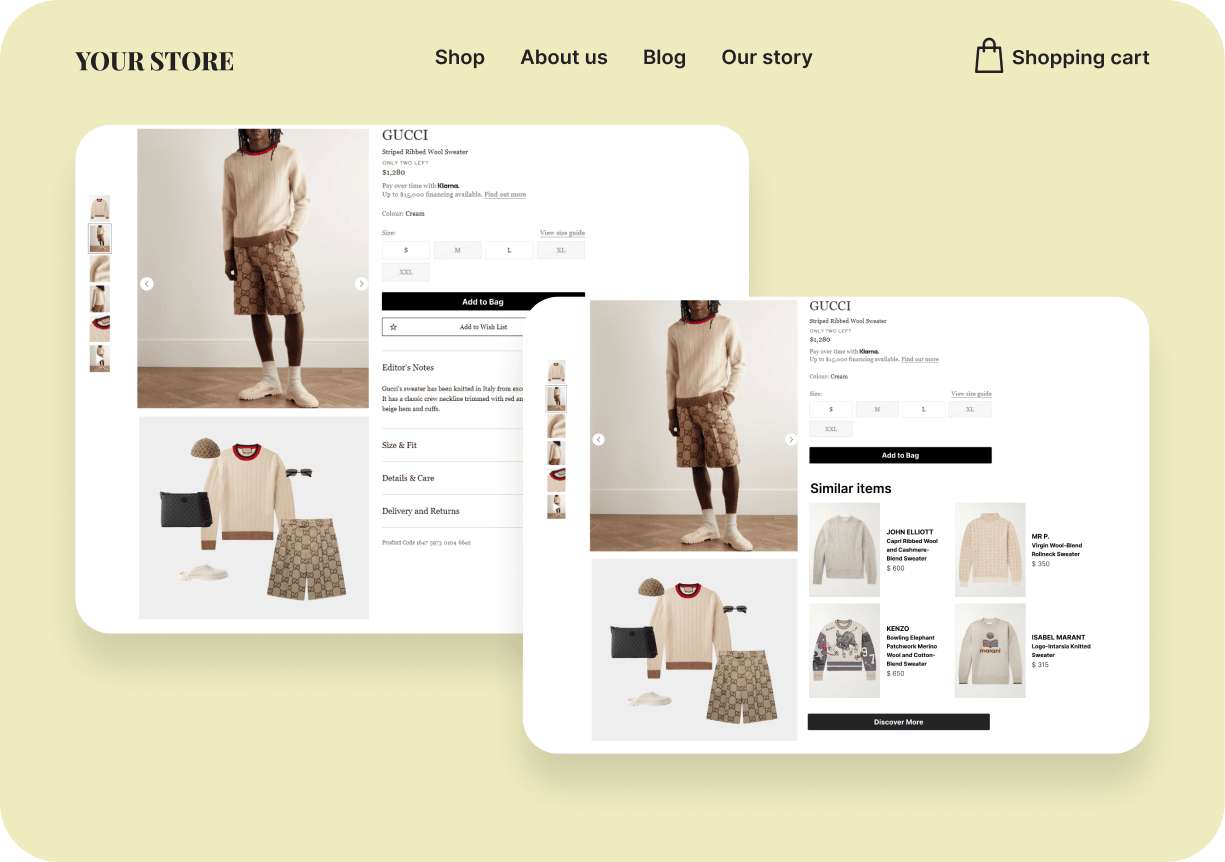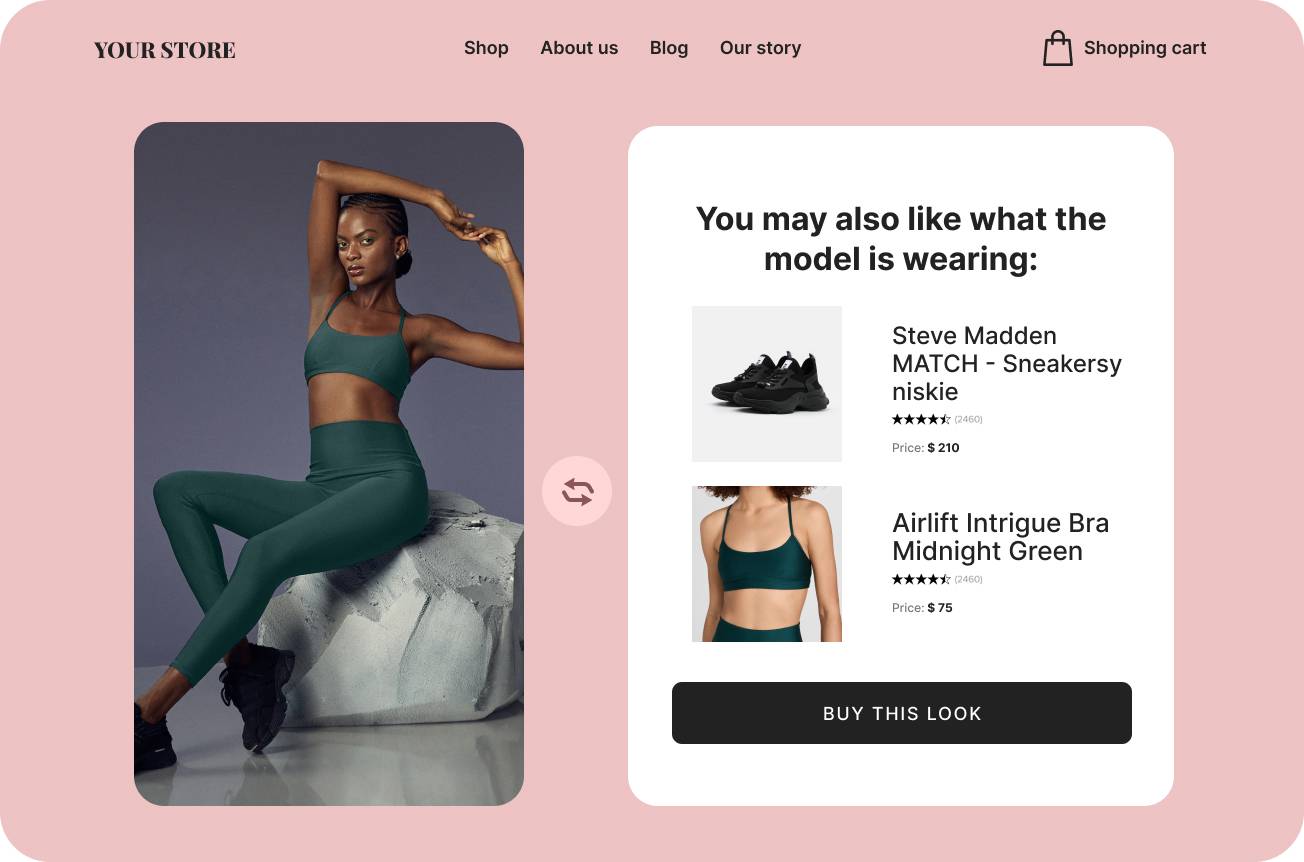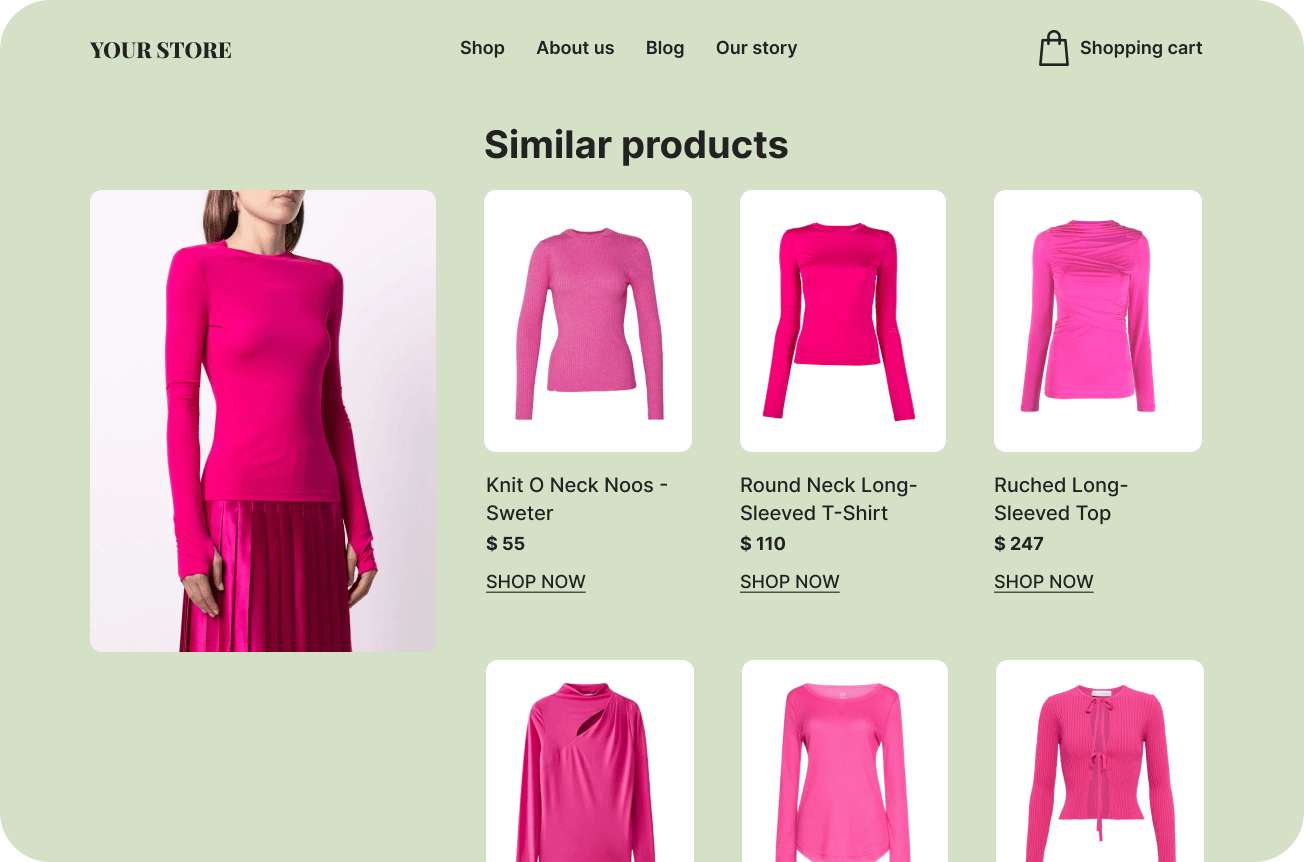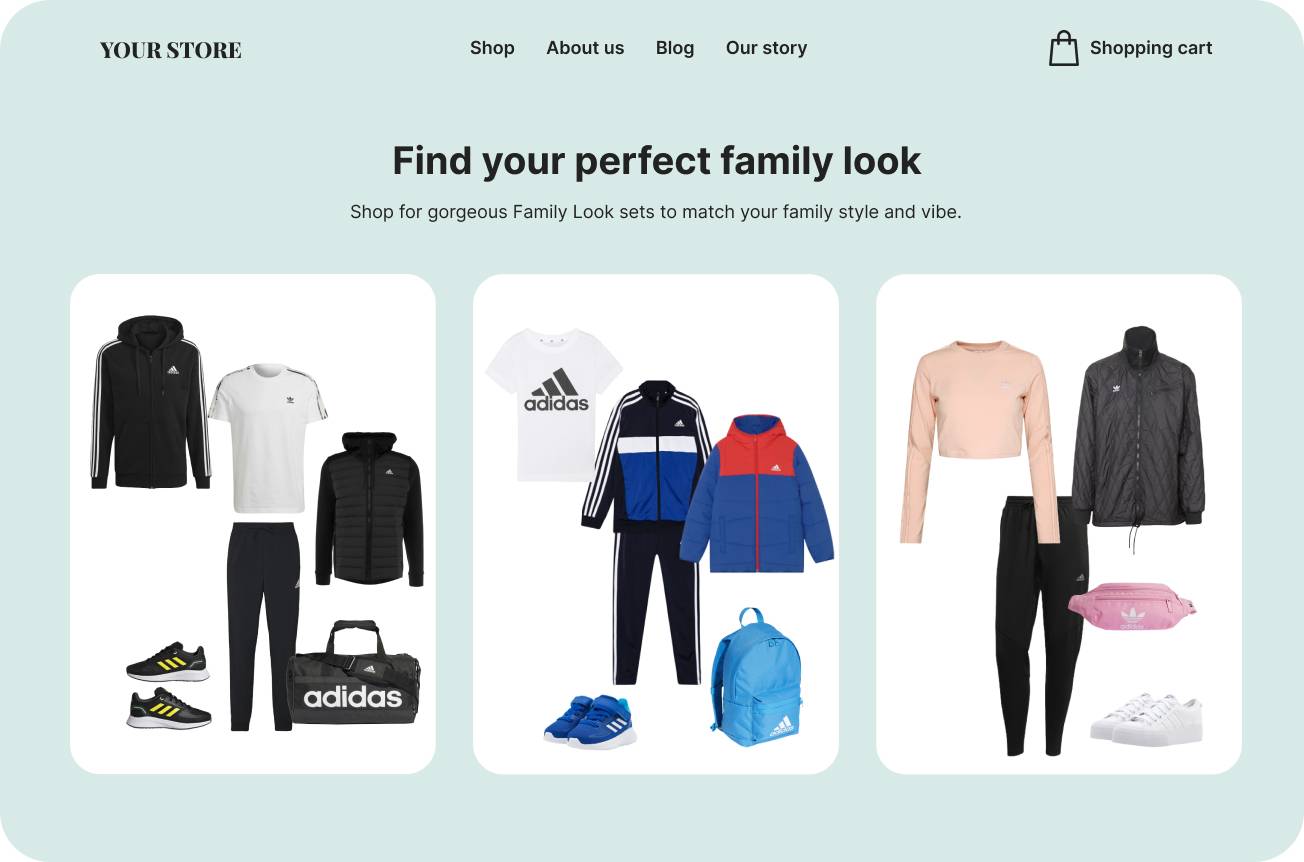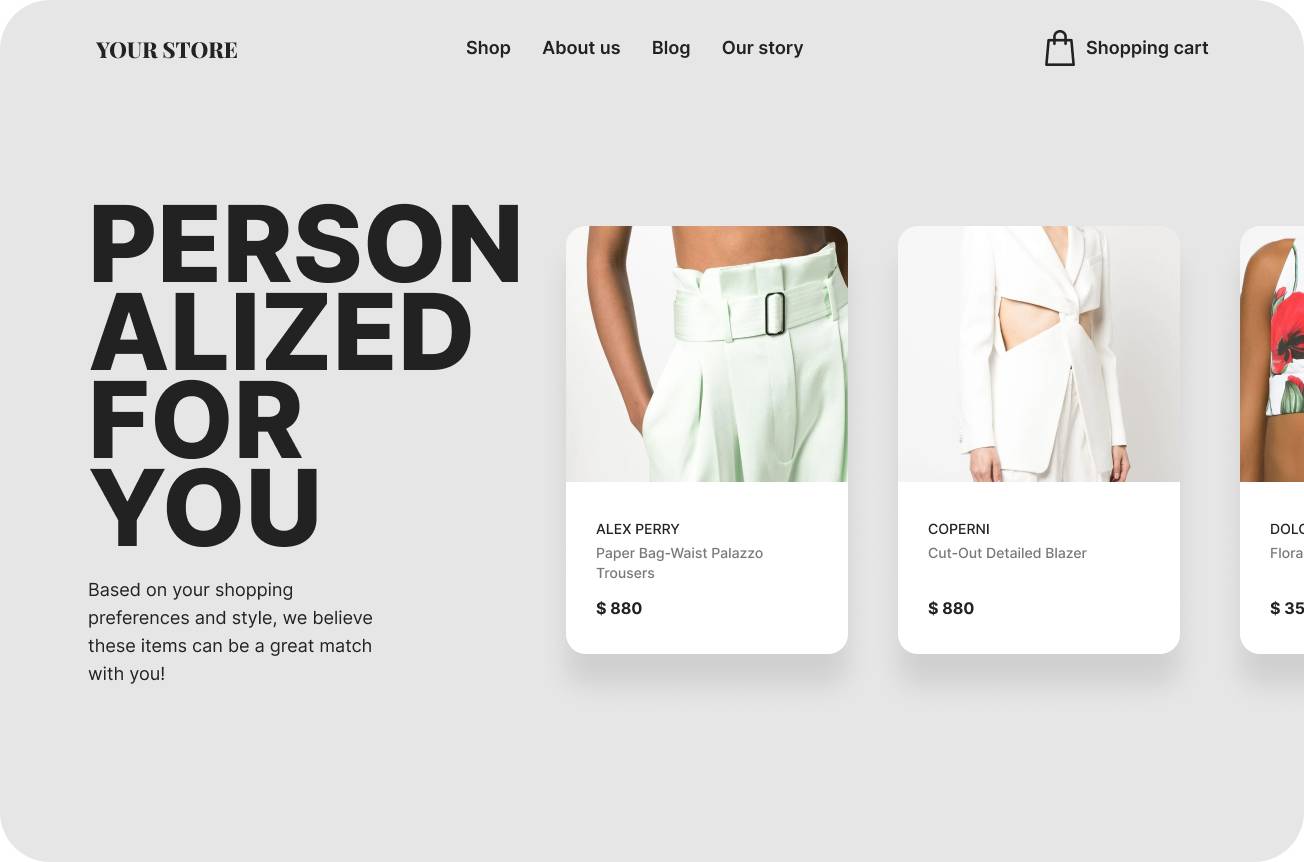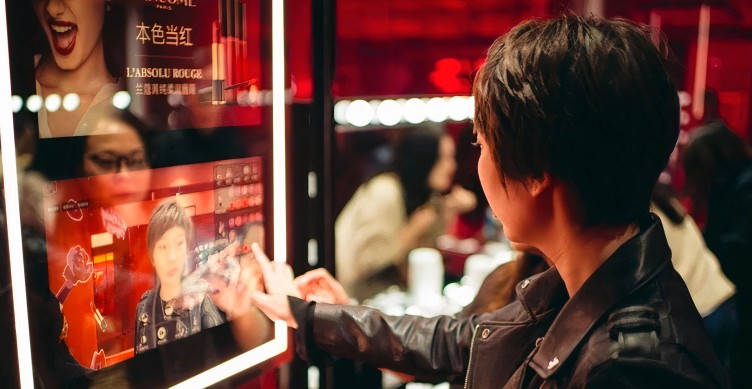Modern shoppers are a diverse bunch, each desiring a personalized retail experience. But they share some similarities: Notably, they’re more than happy to walk away when brands fail to meet their desires.
Some customers like to browse on their smartphones, others through social media. Video games, voice assistants, live streaming… Research by McKinsey shows that more than half explore three to five channels on every shopping journey. Evidently, in the digital age, an omnichannel strategy encompassing various available channels isn’t optional. It’s crucial to meeting the needs of every shopper.
But it’s not all about digital.
Physical retail is often judged to have fallen out of fashion. Yet, according to Morning Consult, 40% of adults still prefer shopping in-store to online.
For every JCPenney, Sears, and Missguided that shutters its doors, retailers such as The North Face, a VF Company, Glossier, Inc., and even e-commerce leader Amazon are opening up in their place.
Although, stores are no longer solely a space to browse endless apparel racks. Instead, retailers use physical stores to strengthen the connection between shoppers and brands through in-store events, showcases, and innovative experiences.
Clearly, brick-and-mortar still has its place in the future of retail. However, offering an omnichannel experience isn’t simply about covering all bases but ensuring customers can traverse touchpoints seamlessly, utilizing the positives of each - whether physical or digital - to browse and shop without disruption, delay, or dead ends.
And technology is key.
Shoppers love the convenience of browsing online and the certainty of trying on a product in-store. To be successful, retailers must provide synergy between their physical and digital channels, playing on their strengths to enhance the customer experience.
Within Amazon’s recently opened apparel store, for instance, customers can use a touchscreen within its fitting room to browse items and request different sizes and variants, which are delivered directly to them. Likewise, at GardeRobo A.I., we use QR codes that retailers can print and attach to their clothing in stores. When scanned, these labels provide complimentary products and style recommendations based on the item they intend to purchase in-store, helping shoppers to complete their look without searching endlessly around the shop floor while adding a touch of personalization to the physical store experience.
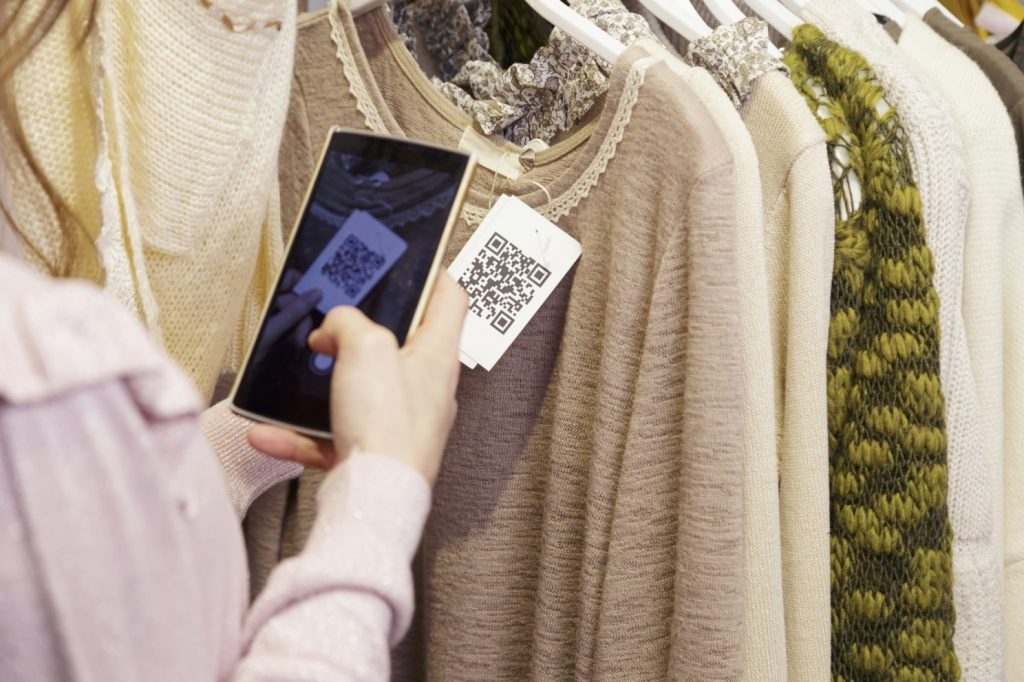
This way, customers are free to shop as and how they please - whether entirely online, using technology in-store, or browsing the old-fashioned way.
It pays to be omnichannel.
Some 73% of brands feel they are failing to deliver a truly omnichannel experience. However, those who persevere to bridge the gaps between their digital and physical channels will undoubtedly be rewarded.
According to Harvard Business Review, just 7% of consumers shop exclusively online, while only 20% solely shop in physical stores. The rest use multiple channels as they make their way through the shopping journey, and here’s the best part — The more they use, the more they tend to spend.
